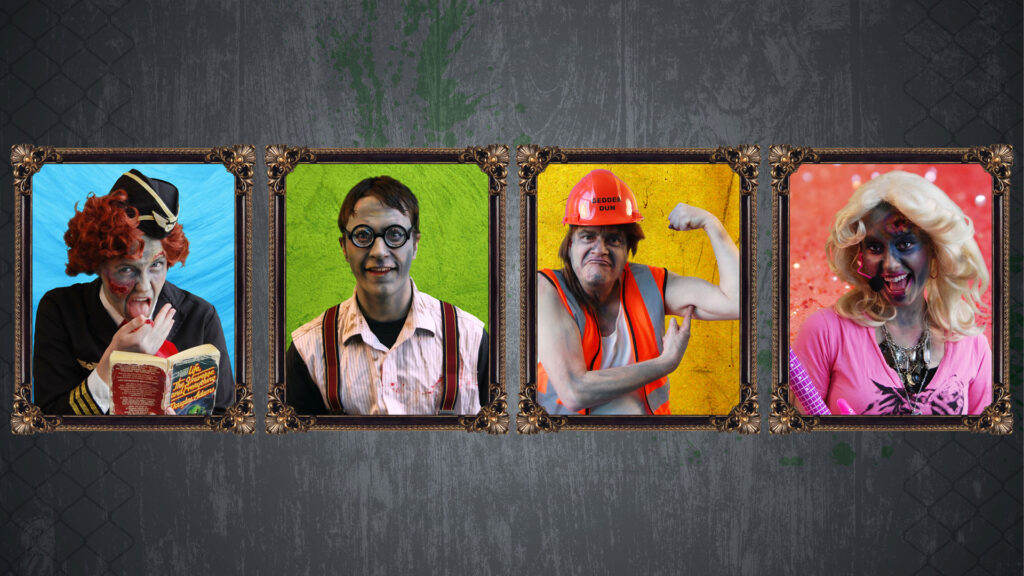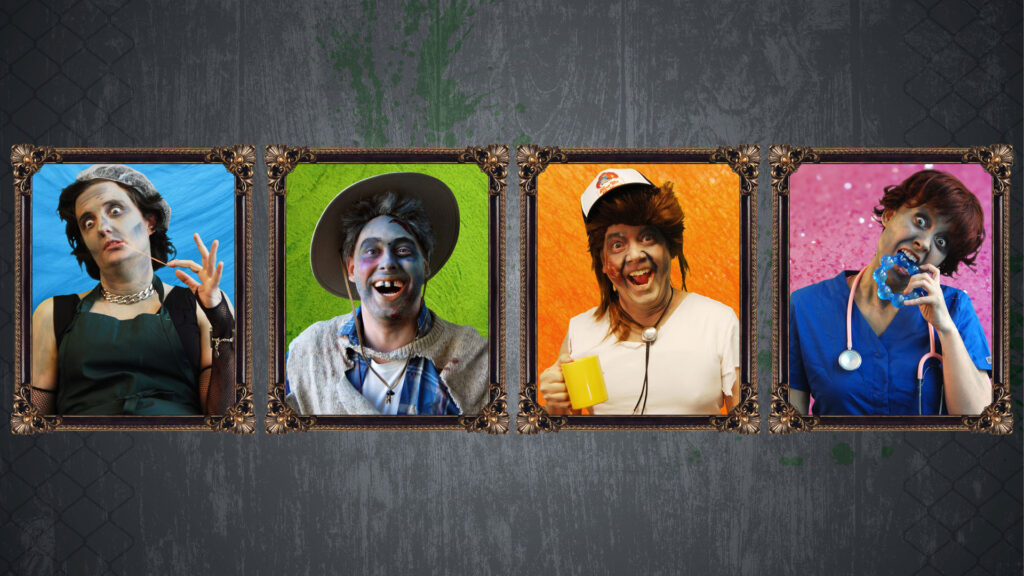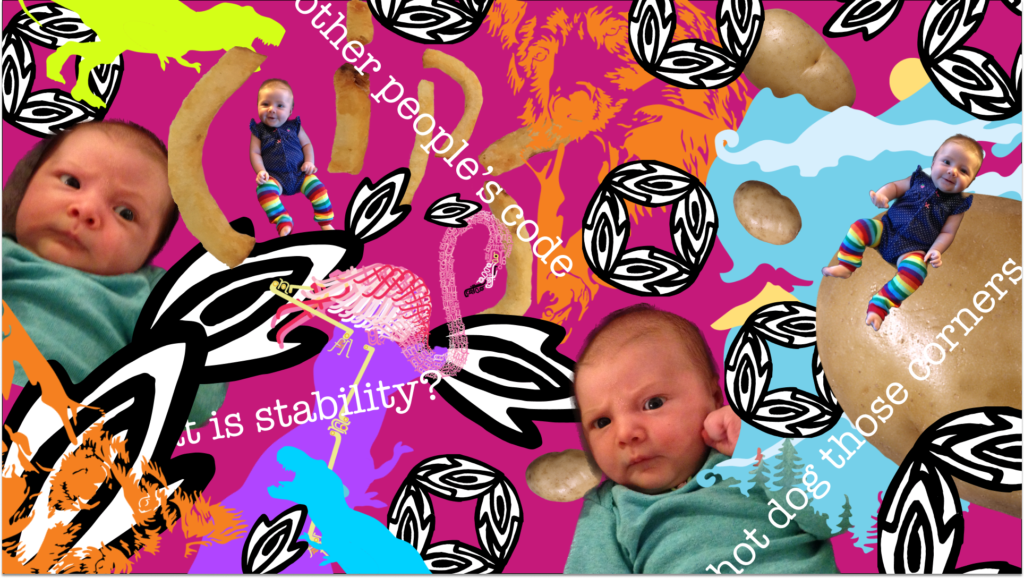This week’s post is inspired by AJ Hanneld, who has worked in many settings and often finds herself working as a designer in a space that links graphic design with film or other visual media professionals. Because of this, the challenge for this post is to discuss the “other visual world” of photo and video. Here are a few of my first impressions and reflections:
- Wow, I’m not very comfortable doing anything resembling photography, including shooting video footage. The lighting and the framing and the bossing of the actor or the model around… it’s all really far out of my comfort zone, so it’s awesome to collaborate with someone from the photo or film side who loves to shoot the photography or the footage. I’m glad that opportunities for that kind of partnership exist in the working world, and it opens up so many more opportunities for creativity when there are more media available. It’s a great reminder of appreciating the talents that other professionals have and the power of working on a team where everyone’s skills complement each other rather than a team where everyone is alike with similar strengths and weaknesses.
- So I don’t love shooting photos or video, but I do love other parts of the process in the photo/video world, and I’m really excited to explore more in New Media through the rest of the year. I’ve just started the After Effects module, and I’ve only tried After Effects a little in the past, but it was quite fun, so I’m looking forward to doing that again. Editing can also be fun, and in the video module, I especially enjoyed the assignment on sound design, which I had never really thought about much before, but it’s really its own whole field of work and makes such a difference. I’d love to experiment with more “mashup” concepts like blending illustration into film or photography for interesting effects to see where that exploration leads.
- On both the film/video and the graphic design side, there’s a lot of creative work to be done in terms of the technical skill for producing the product, but a huge portion of the work is also on the project management side of things. Even in my super limited experience with making films for this module, I was putting a lot of work into planning my project and tracking whether I had assembled all of my items, if I had shot everything that needed to be completed, whether I was on schedule to get everything filmed before the lighting outside changed dramatically or my actor had to go home and so on. That’s really similar to working in design where each project has stakeholders and different professionals offering different kinds of input that all need to be coordinated. Each deliverable likely has a whole set of components that need to be created and many factors considered. I suppose the take-away here is that, in every creative field, project management is a really critical skill, and half of the job is learning to manage the workflow effectively.
- I think that often the creative work of people in the film or photography world is often viewed by the people in the world as either “art” in the way fine art is understood. It can have a kind of elevated status but also might exist in a realm that’s just for decoration or its own sake without much practical application. On the other hand, graphic design is understood as more of a “craft,” I suppose, as work that’s being done to create or promote a product or to communicate a specific message or function, creating something that’s meant to be used. I’ve come from an art background in some ways but have always felt kind of frustrated about that line between “art” and “craft” and the sort of status that those two categorizations imply, and when we think about film and photo and graphic design, that boundary between “art” and “craft” is just as fabricated. Film and photo are often such important components of the designed world, and there is so much design work that can go into the production of even very “artistic” films or photography shoots. We should all be able to think of ourselves as “artists,” “craftspeople,” or “designers” and place a high value on all of those roles. Someone who is producing successful work in film, design, or really any creative field is probably actually wearing all of those hats simultaneously.


